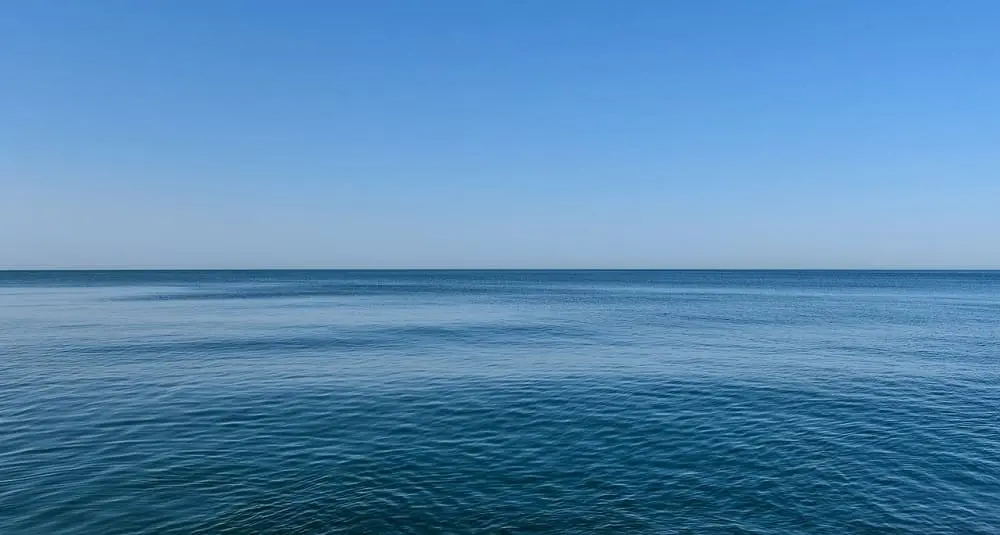What’s the world’s largest ocean?
Last Updated:
The Pacific Ocean is the largest of our planet’s oceans, covering some 165,200,000 square kilometers. This immense expanse of water covers around a third of the earth’s surface and exceeds in size all the other oceans combined.
The Pacific stretches from the Arctic regions in the north to the icy waters of Antarctica in the south, bordered on the west by the coasts of Asia and Australia, and on the east by the Americas. Its maximum width reaches some 19,800 kilometers between Indonesia and the Colombian coast, making it the widest ocean on the planet.
The Pacific Ocean is also remarkable for its average depth of around 4,280 meters, with areas reaching extreme depths. The Mariana Trench, located in the western Pacific, is the deepest oceanic point known, with a maximum recorded depth of around 10,924 meters.
The Pacific is home to over 25,000 islands, more than all the other oceans combined. These islands are mainly distributed between Melanesia, Micronesia and Polynesia, and are home to a rich and varied biodiversity. Coral reefs, particularly the Great Barrier Reef off the coast of Australia, are among the world’s most diverse and precious marine ecosystems.
The Pacific Ocean plays a crucial role in regulating the world’s climate. It is the scene of major climatic phenomena such as El Niño and La Niña, which influence weather conditions on a global scale. These periodic variations in sea surface temperatures can lead to significant changes in precipitation patterns, temperatures and storms in many parts of the world.
The name Pacific was given to this ocean by the Portuguese explorer Fernand de Magellan in 1520, due to the calm waters he encountered on his crossing. However, this name can be misleading, as the Pacific is also the scene of many violent natural phenomena, such as typhoons, tsunamis and volcanic eruptions, particularly along the Ring of Fire, a zone of high seismic and volcanic activity that surrounds the ocean.
The Pacific Ocean is of major economic importance, as it is an essential seaway for international trade. The sea routes that cross it link the world’s major economies, facilitating the transport of goods between Asia, the Americas and Oceania. What’s more, the Pacific is rich in natural resources, including fish, minerals and hydrocarbons, making it a strategic zone for many of the countries bordering it.
Despite its vastness, the Pacific Ocean faces major environmental challenges. Plastic pollution is of particular concern, with the presence of the Plastic Continent, a massive accumulation of floating waste in the North Pacific Gyre. This pollution threatens marine fauna and ecosystems, underlining the urgency of conservation and protection measures for the marine environment.
The Pacific Ocean is not only the world’s largest ocean in terms of surface area, it also plays a central role in regulating climate, maintaining biodiversity and the global economy. Its grandeur and complexity continue to fascinate scientists, explorers and the general public alike, while posing major challenges in terms of preservation and sustainable management.
You may also be interested in
geography

What's the world's largest ocean?
Answer
The Pacific Ocean is the world's largest ocean, covering some 165,200,000 km², or almost a third of the Earth's surface.